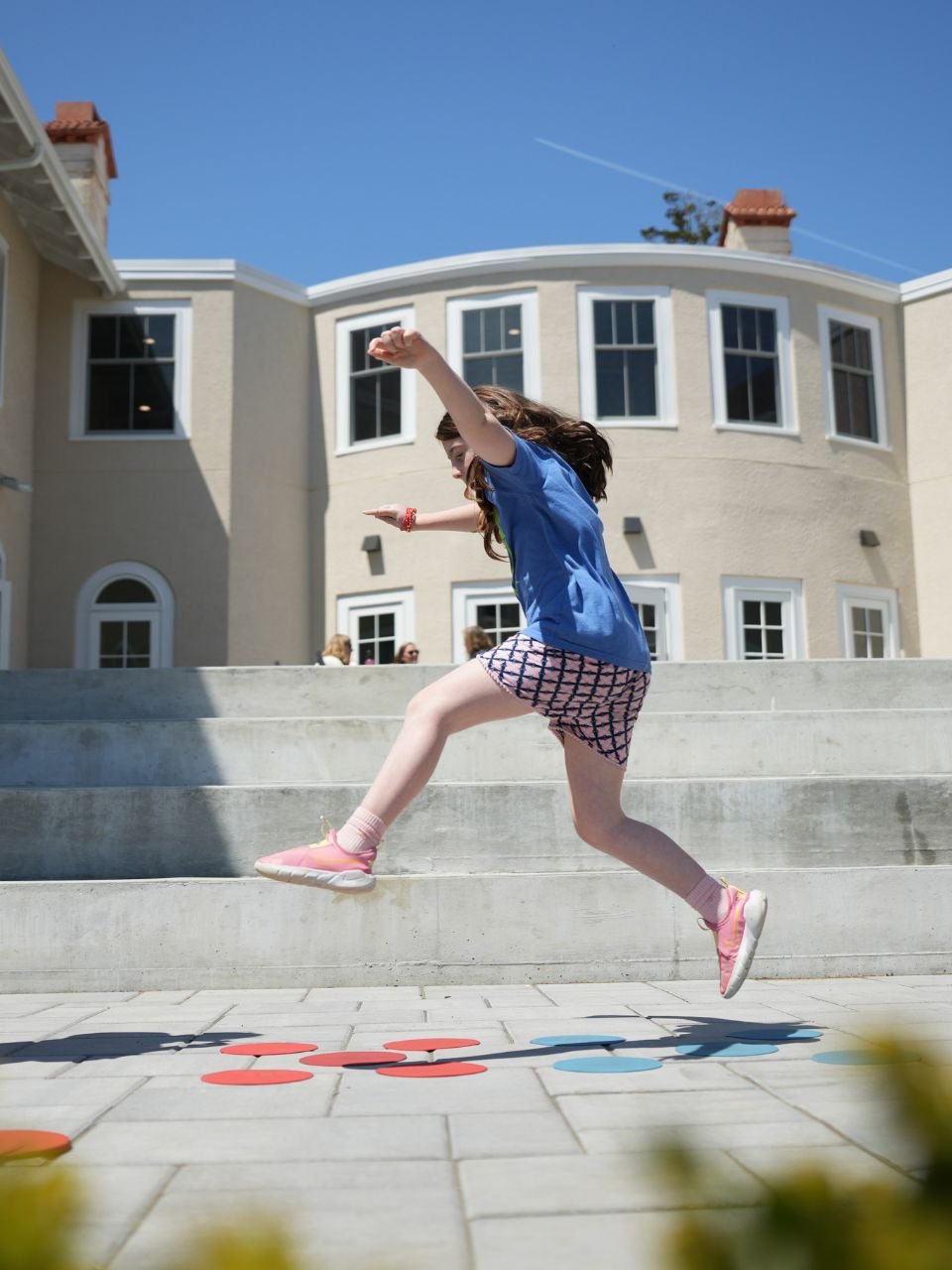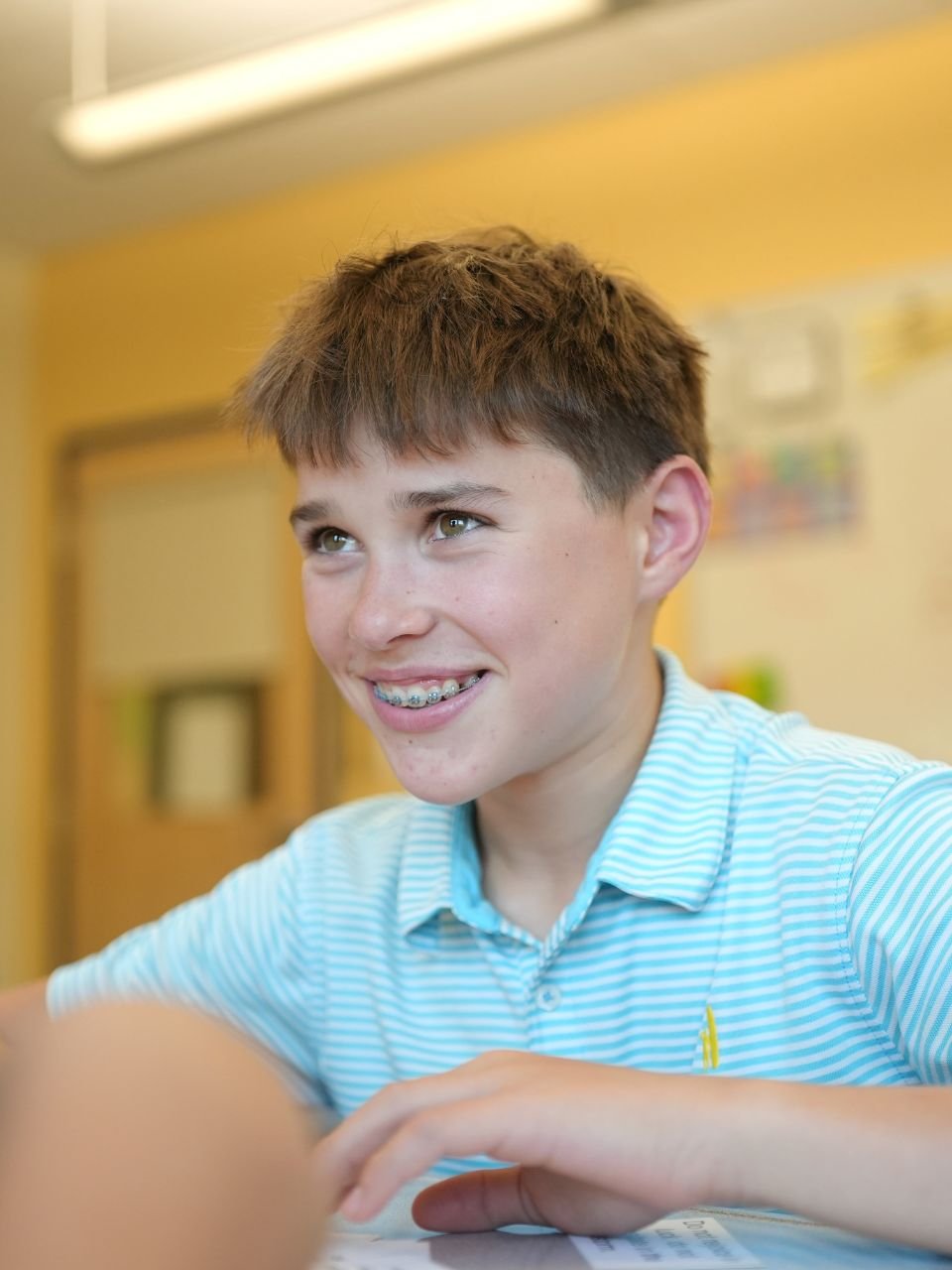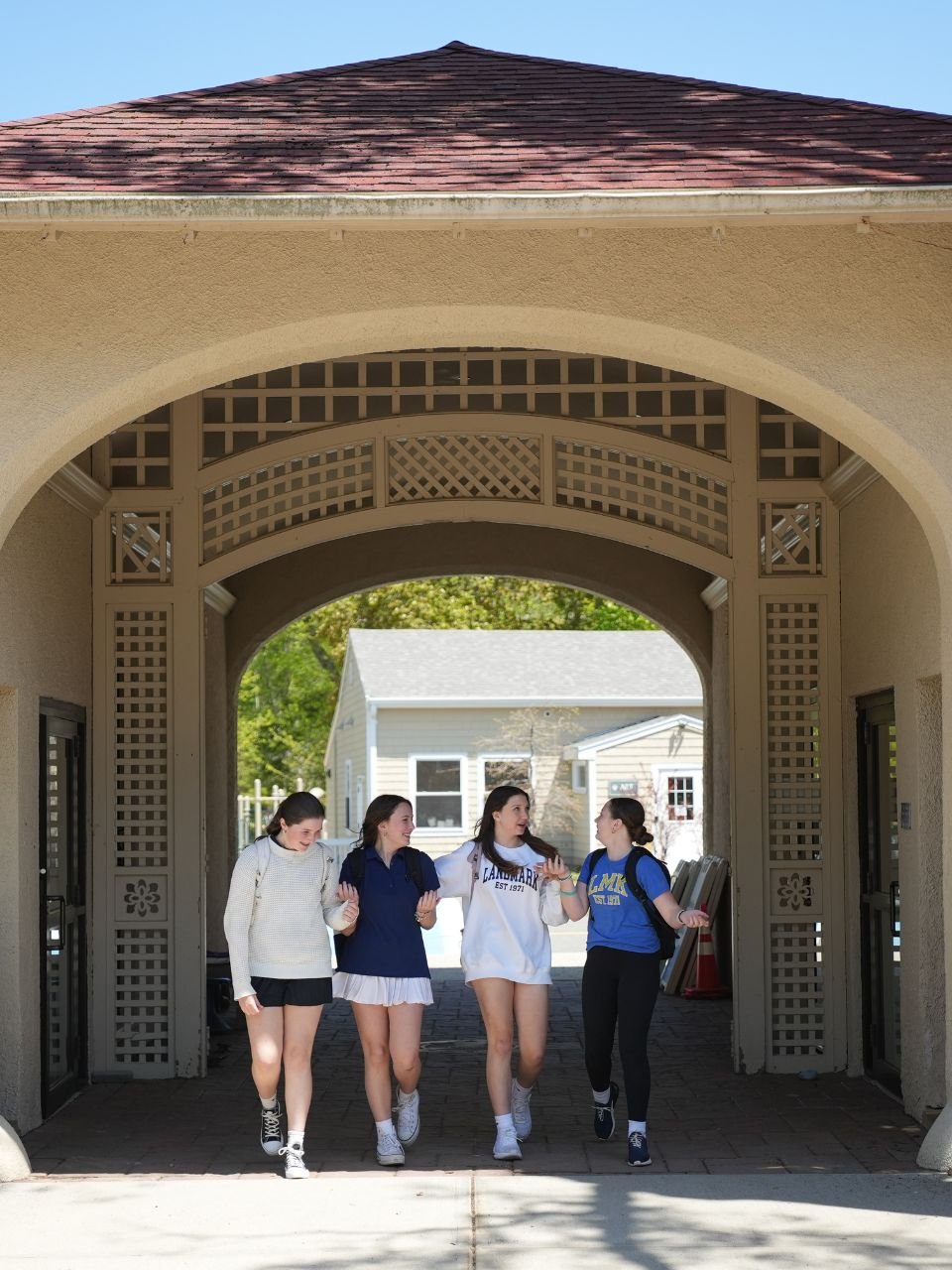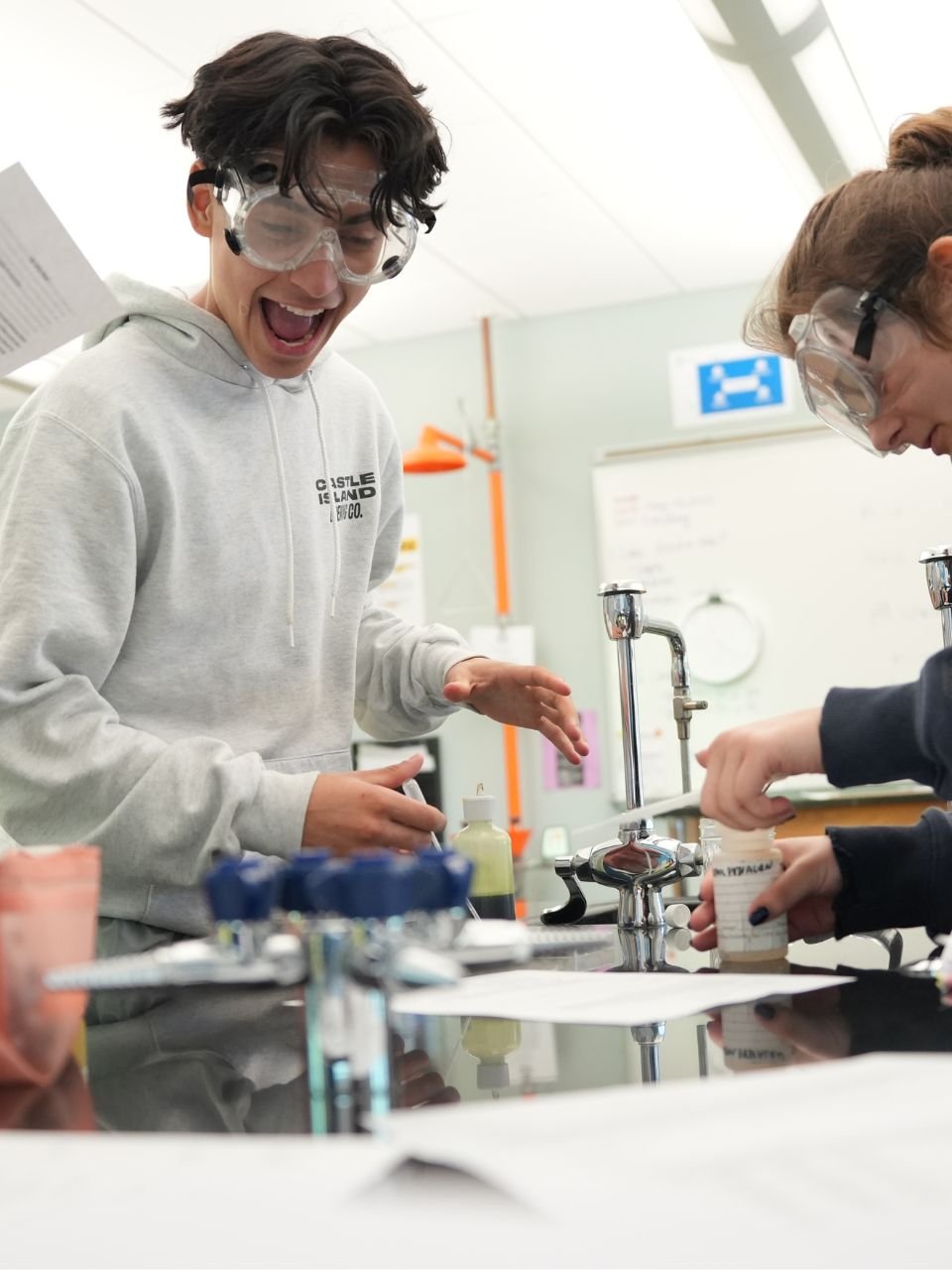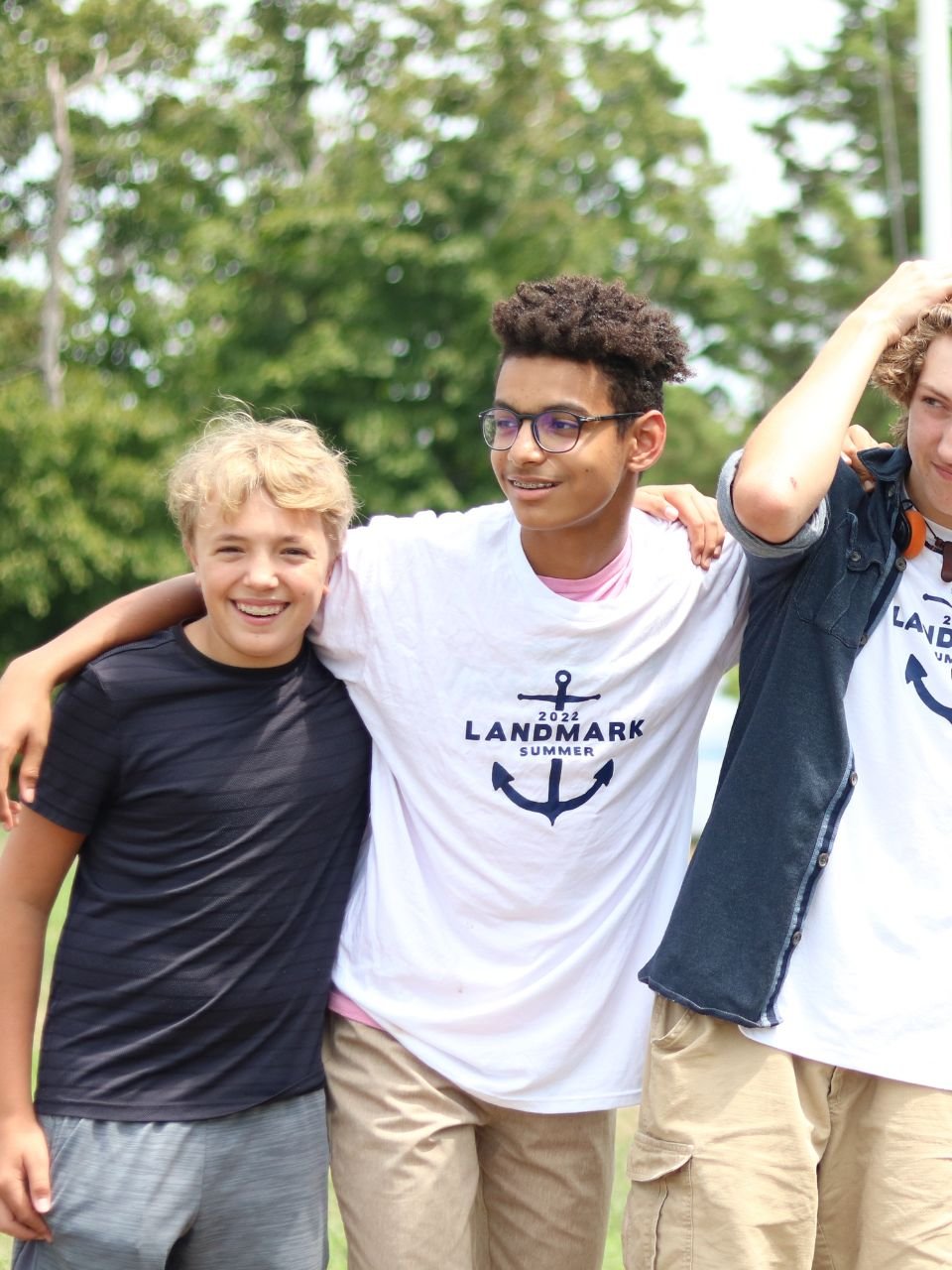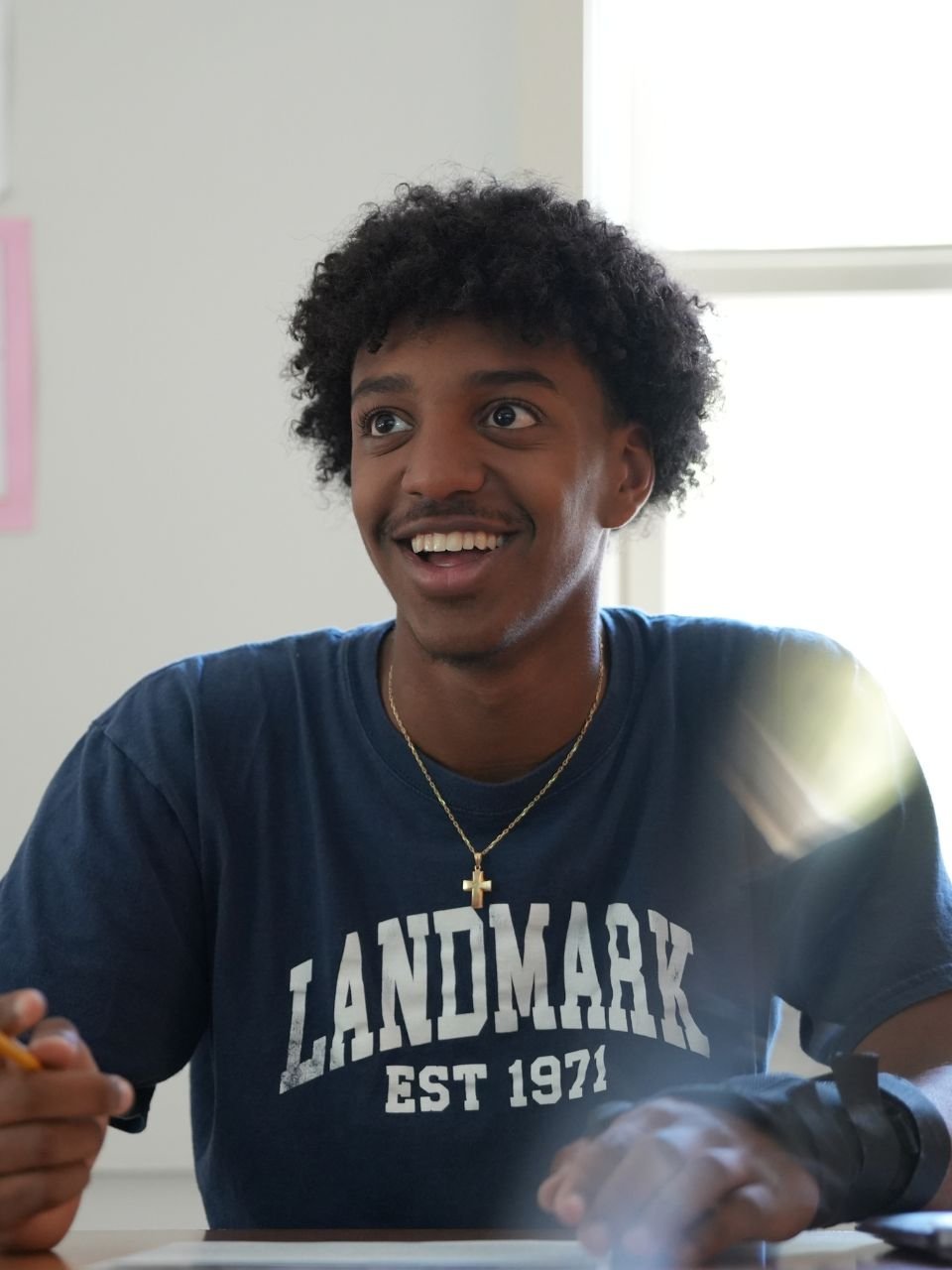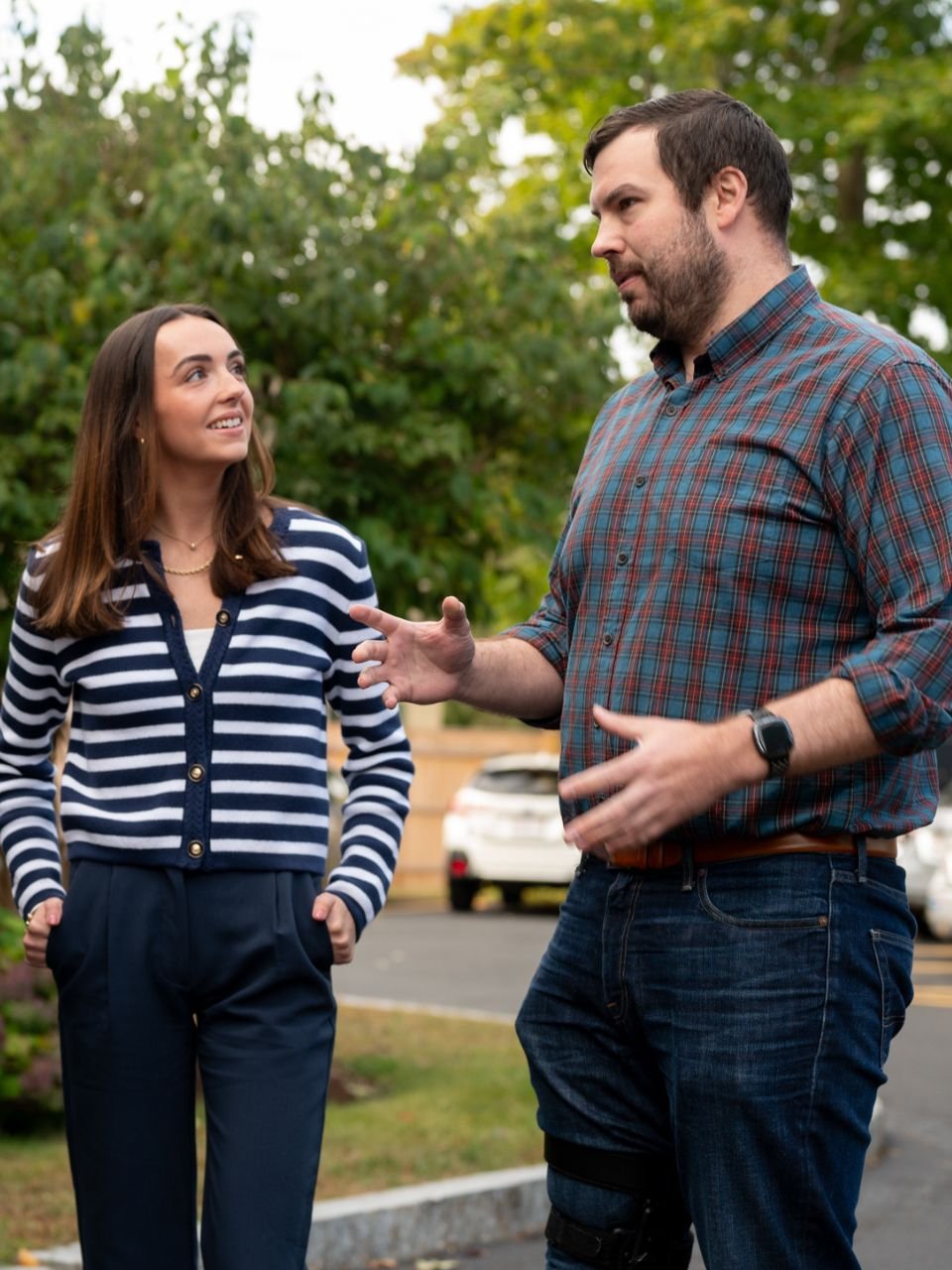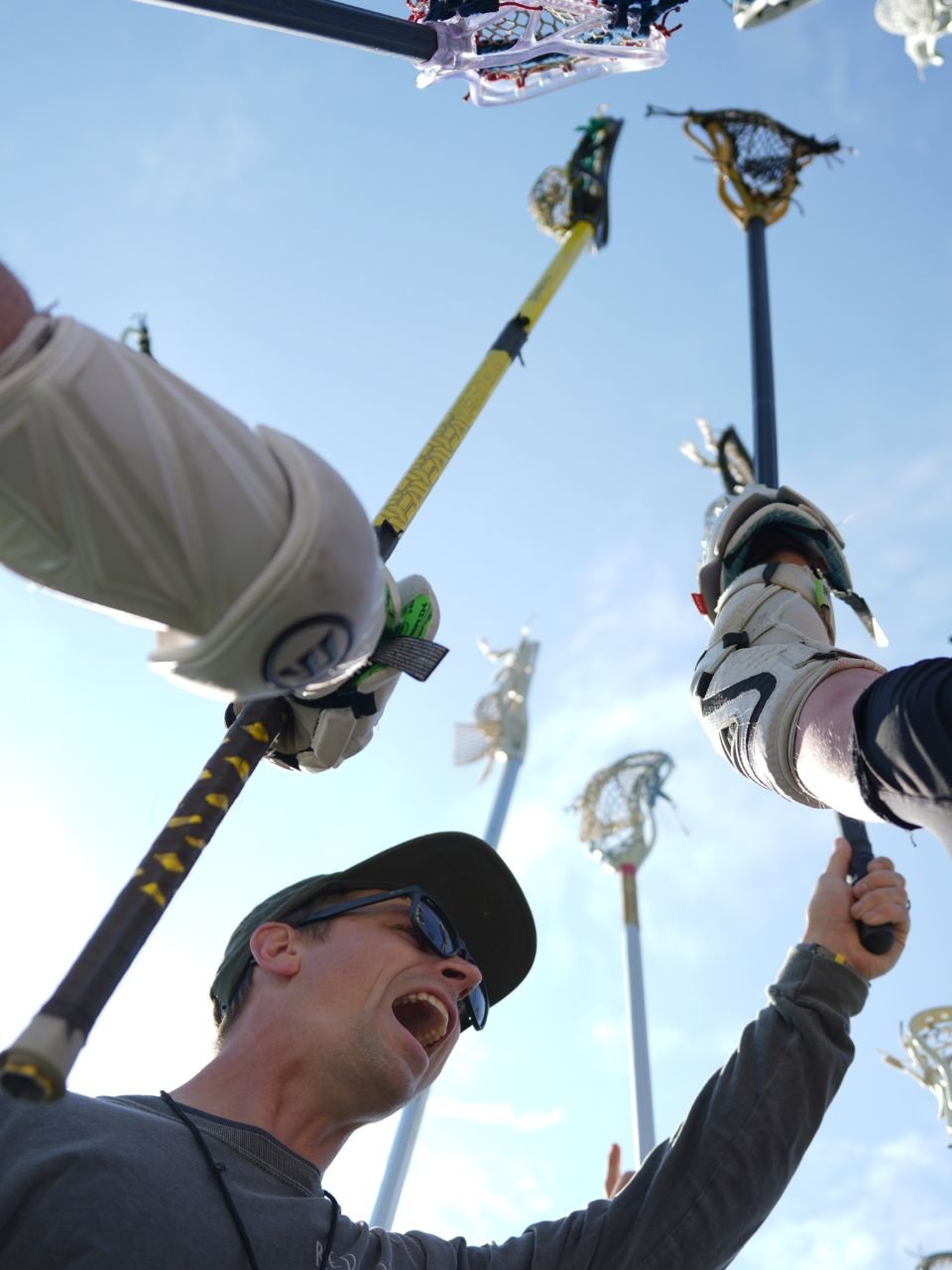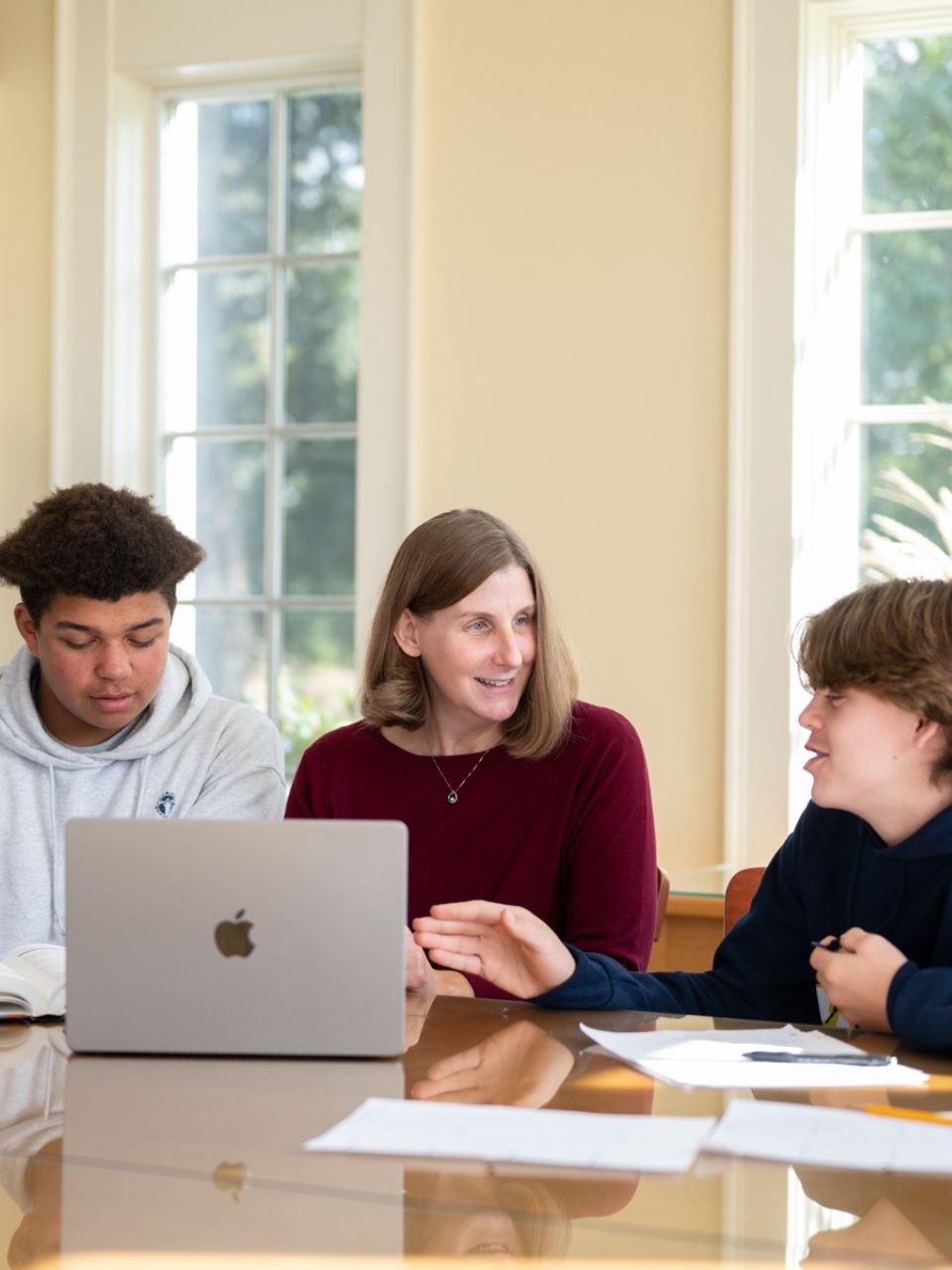- Our School
- Our Advantage
- Admission
- Elementary•Middle School
- High School
- Summer
- Giving
- Parent Resources
- For Educators
- Alumni
« Back
Empower Students with Innovative Learning
January 25th, 2017
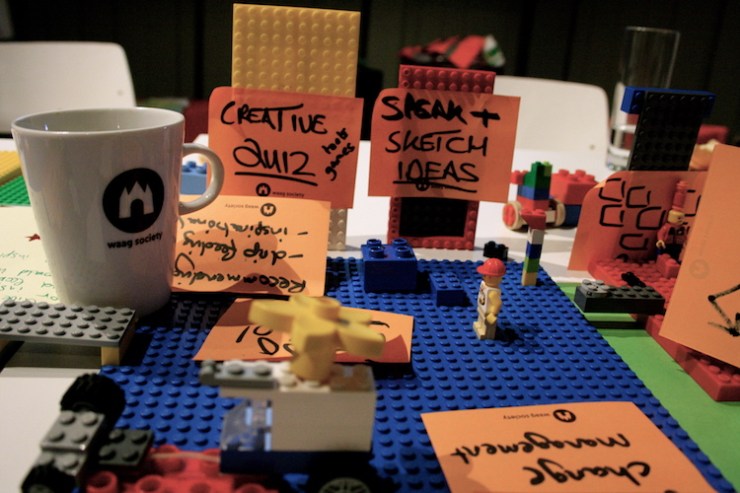
"The gamification of learning is an educational approach to motivate students to learn by using video-game design and game elements in learning environments."
Students staring off into space, sleeping at their desks, fidgeting in their chairs... These behaviors are as common as old-school styles of teaching, and finding ways to engage students remains an age-old dilemma.
Now more than ever, teachers are being challenged to step up their game. The rub comes when many schools (and teachers) are evaluated based on the results of students’ standardized tests.
Teachers are required to teach a set amount of curriculum before standardized tests are administered, which lends itself to a classroom that’s more “teacher-centric and student learning is stifled,” according to George Phillip, an Indiana social studies teacher and department chair.
But in today’s world of learning and teaching, more innovative approaches are being used in the classroom. Here are four ways to empower students:
Game-Based learning
For a generation addicted to gaming, anything taught through digital methods can be an effective tool for engaging and educating. The gamification of learning is an educational approach to motivate students to learn by using video-game design and game elements in learning environments.
Teachers and other education specialists can design games in a way that balances academic subjects, such as history, with the strategies, rules, and social aspects of playing a game.
From teaching youngsters the alphabet and tactical skills to budgeting skills and math, game-based learning can incorporate challenges, points, levels, leaderboards, and other "awards" as incentives.
Exult Corporation predicts that gamification will be a $10-billion industry by 2020. Many of these games are relevant to real-life situations and will help children learn to make informed decisions.
Game-based learning can also be done as collaboration between learners and educators. This type of game creation enhances the playing experience and can lead to a depth and scope of game that is not available through other types of gaming.
Learner-Generated Video
Game-based learning can be combined with the trend of learner-generated video to encourage student participation and measure the effectiveness of the games.
For example, in elementary school, a student can assess themselves prior to starting a game, such as Spellodrome or Mathletics, and again after engaging with these games for a month to measure their progress and determine whether these games have improved learning.
Statistics show that a learner is likely to remember 50% of audio-visual content, as opposed to just 10% of textual content, according to ClipChamp.
Greene and Crespi (2012) showed that incorporating learner-generated video into course content can produce a richer understanding of the subject matter for students. This is partly because a number of steps are involved in the video-creation process. Students must first gather information and learn the subject content, write a script, read and memorize it, create the video, conduct multiple takes if necessary, and finally, edit the video.
Peer-Created Work
Work done by other students can sometimes be more motivating than a teacher-assigned task. Digital tools allow students access to various types of work created by others. When students realize someone their own age created something amazing, it inspires them to do the same, according to an article in Mind/Shift.
At the 2015 International Society for Technology in Education conference in Philadelphia, author and former teacher Alan November, pointed to the work of fourth graders who re-imagined a California school project of re-creating the state’s Spanish missions.
Some students did the project in Minecraft, expressing their creativity through digital media that excites them.
Global Lessons
Teaching tolerance and understanding of other cultures using technology, plus good-old fashioned maps and multicultural children’s books, creates more empathy for the world and people around them.
Empower students to create change by researching why a natural disaster, such as the earthquake in Haiti, had a huge effect on Haitians. It’s an opportunity to teach cultural history, get students involved, and turn a global issue into a socio-political and historical lesson and then into social justice.
Another example is the work of Kathy Cassidy, a first-grade teacher in Moose Jaw, Saskatchewan, who used social media, specifically Twitter, to help her students communicate and learn with other classrooms around the world.
Under the Twitter handle @MsCassidysClass, her students shared their work with a global audience, such as this sample of one of four LEGO experiments. Without a doubt, technology is changing the face of education at every level. The switch from traditional textbooks to tablets is becoming more common, especially for college students who prefer to interact with the text, take notes, and highlight material on a tablet.
However, traditional books aren’t going away, and some students still prefer actual textbooks. Either way, in our digital age, critical skills taught will empower students to be engaged and interactive.
About the Author:
 Melissa Davidson is a full-time freelance writer with a B.A. in Journalism from the the University of Montana. In a former life, she was a newspaper reporter for several publications throughout the west. When she's not hovering over a keyboard writing about health, wellness, and social issues, she can be found riding and running on mountain trails with her dog, Romeo, in full pursuit.
Melissa Davidson is a full-time freelance writer with a B.A. in Journalism from the the University of Montana. In a former life, she was a newspaper reporter for several publications throughout the west. When she's not hovering over a keyboard writing about health, wellness, and social issues, she can be found riding and running on mountain trails with her dog, Romeo, in full pursuit.
Posted in the category Learning.





